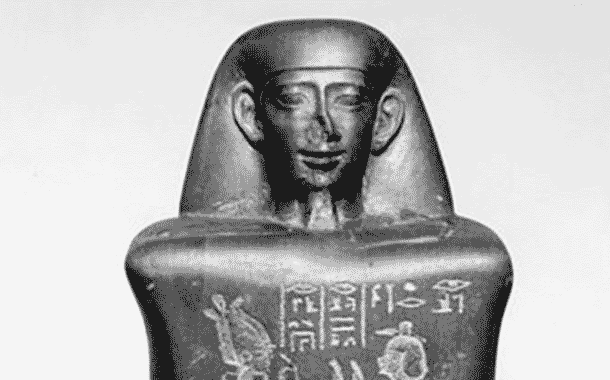<![CDATA[An amulet believed to have belonged to the powerful Egyptian pharaoh Sheshonq I has been found at an ancient copper mine in Khirbat Hamra Idan, in southern Jordan. The location of the amulet could provide strong evidence of the much talked about military campaign led by Sheshonq I in the region nearly 3,000 years ago. The amulet is called a scarab, because it is shaped like a scarab beetle. Details about the find were published in the online journal 'Antiquity'. The site where the scarab was found was a place of intense metal production during the Early Bronze Age, between 3000 BC and 2000 BC, and through the Iron Age from 1000 BC to 900 BC. The study was led by Anthropology Professor at the University of California, Thomas E. Levy. The amulet was found by a graduate student during a tour Levy was giving of the smelting slags at Khirbat Hamra Ifdan. Levy and his team translated the text on the scarab to read "bright is the manifestation of Re, chosen of Amun/Re". The researchers believe this refers to Sheshonq I, the first king of the twenty second dynasty that ruled from 945 BC to 924 BC. In a statement to the University press, Levy revealed that it is not clear what purpose or meaning this scarab served for Sheshonq I, as their functions changed throughout Egyptian history. He added that they were either amulets, jewellery, or used for personal and administrative use. The discovery of the scarab at the copper mines has resurrected an old debate on the authenticity and age of King Solomon's mines. The debate started in the 1930s, when an archaeologist by the name of Nelson Glueck claimed to have found copper production sites in the area. This was questioned forty years later, when scientists moved away from biblical interpretations to explain their findings. It was argued that the Iron Age did not start in the region until the seventh century BC, whereas Solomon reigned in the tenth century BC. In 2008, Levy and his colleagues published a study in the journal 'Proceedings of the National Academy of Sciences', which stated that based on carbon-14 dating of artefacts collected from a nearby copper mining site in Khirbat en-Nahas, Glueck's proposition could have been true. Levy wrote that the copper mining and smelting site at Khirbat en-Nahas, which is so large it can be seen from space, had artefacts dating back as far as the tenth century BC. The credibility of the study is backed up by the fact that he and his team produced over 130 high-precision dates for items discovered in the mining sites. He stated that it is still unclear whether Solomon was the one who controlled the mines. This is not the first time that scarabs resembling those from Sheshonq I's reign have been found in South Jordan. The inscription on the scarab however, is the first time an artefact has been found that alludes to the pharaoh's campaign in the region.]]>
Archaeologists Find Amulet That Belonged to Egyptian Pharaoh
